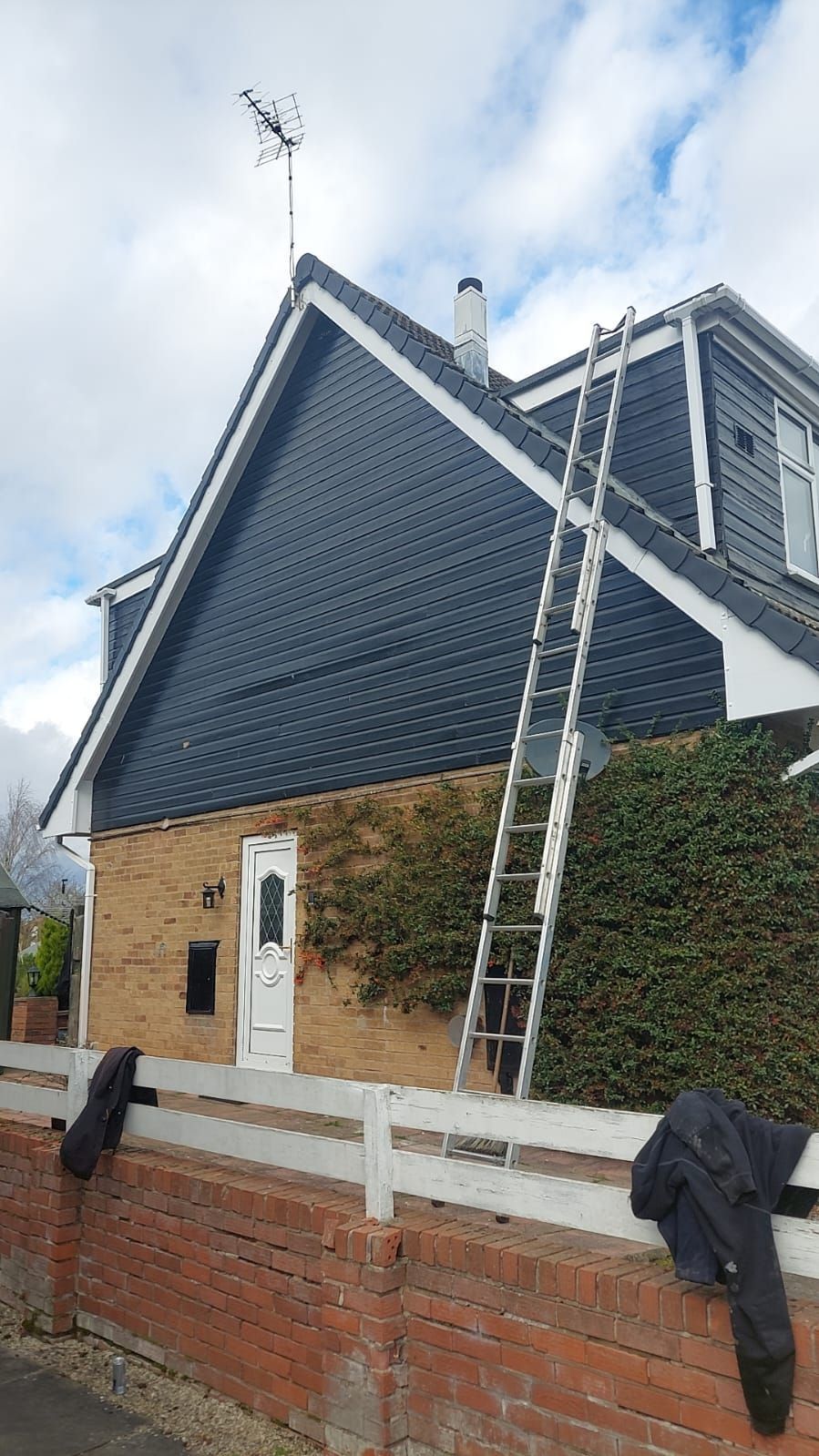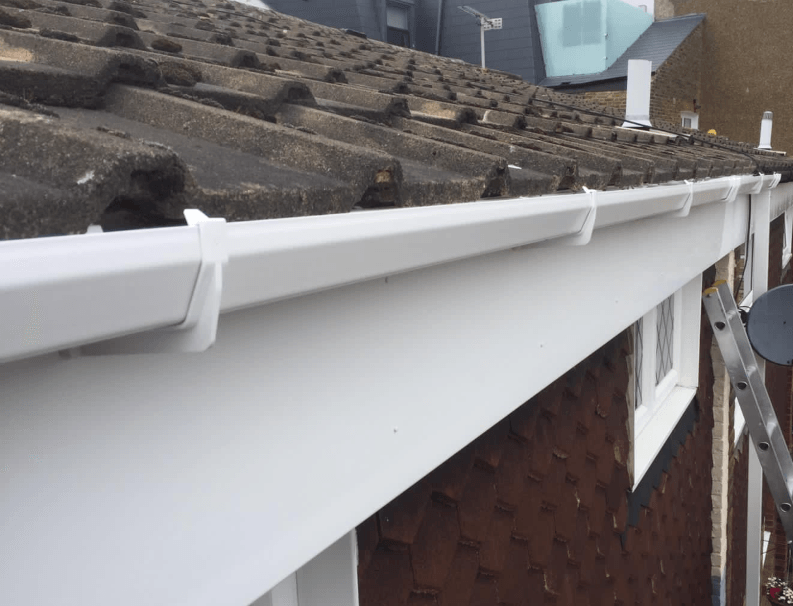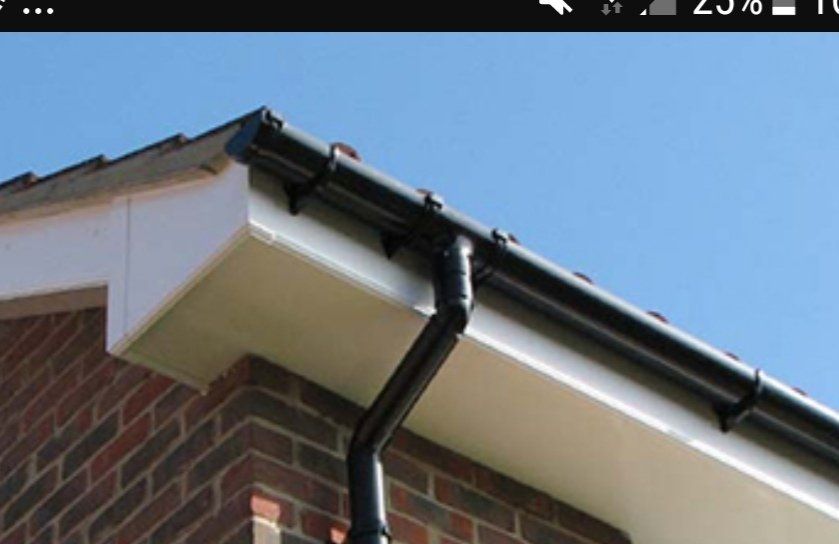Comparing Flat Roofs vs Pitched Roofs for Your Extension
When it comes to extending your home in Nottingham, one of the crucial decisions you'll need to make is choosing the right roof for your extension. The roof not only plays a vital role in protecting your property from the elements but also significantly impacts the aesthetics and functionality of your new space. In this article, we'll explore the differences between flat roofs and pitched roofs to help you make an informed decision for your extension project.
The Aesthetics
Flat Roofs: Flat roofs have gained popularity in modern architectural designs due to their sleek and contemporary appearance. They offer a minimalist and clean look that can enhance the overall aesthetics of your home extension. Flat roofs are often favoured for their ability to create a seamless transition between indoor and outdoor spaces, making them an excellent choice for rooftop gardens or terraces.
Pitched Roofs: Pitched roofs, on the other hand, are a more traditional choice and are commonly associated with classic British architecture. They offer a timeless and elegant appearance that can complement a wide range of architectural styles. Pitched roofs provide a cosy and inviting atmosphere, perfect for bedrooms, living rooms, or attic conversions.
The Functionality
Flat Roofs: Flat roofs are known for their versatility. They provide extra outdoor space on top of your extension, which can be used for various purposes such as gardening, solar panel installation, or even a rooftop lounge. However, proper drainage is essential for flat roofs to prevent water pooling, and regular maintenance is required to avoid leaks and ensure longevity.
Pitched Roofs: Pitched roofs excel in shedding rainwater and snow, thanks to their sloped design. This makes them an excellent choice for the UK's rainy climate. Pitched roofs also provide ample attic space, which can be converted into additional living areas or storage space. They offer natural insulation, helping to regulate indoor temperatures and reduce energy bills.
Cost Effectiveness
Flat Roofs: Flat roofs are generally more cost-effective to install compared to pitched roofs. They require fewer materials and less labour, which can help you stay within your budget for the extension project. However, it's crucial to keep in mind that flat roofs may require more maintenance and potentially higher repair costs over their lifespan.
Pitched Roofs: Pitched roofs tend to have a higher upfront cost due to the complexity of their design and the amount of materials required. However, they are known for their durability and longevity, which can save you money in the long run by reducing the need for frequent repairs and replacements.
Maintenance
Flat Roofs: Flat roofs require regular maintenance to ensure they remain watertight. Inspecting for cracks, ensuring proper drainage, and addressing any damage promptly is essential to prevent leaks and structural issues. With proper care, a well-maintained flat roof can last for many years.
Pitched Roofs: Pitched roofs are generally lower maintenance compared to flat roofs. Their sloped design allows rainwater to drain away easily, reducing the risk of leaks. However, it's still essential to inspect for damaged or missing tiles, clean the gutters, and perform occasional roof inspections to maintain their integrity.
Energy Efficiency
Flat Roofs: Flat roofs can be energy-efficient when properly insulated. Adding insulation to your flat roof can help regulate indoor temperatures, reducing the need for excessive heating or cooling. Additionally, flat roofs can accommodate solar panels, which can further enhance your home's energy efficiency.
Pitched Roofs: Pitched roofs naturally provide insulation due to their design. This can help keep your home cooler in the summer and warmer in the winter, leading to energy savings. Additionally, pitched roofs can accommodate attic insulation, further improving energy efficiency.
Planning Permission
Flat Roofs: In most cases, flat roofs are easier to get planning permission for, especially for extensions that are not visible from the street. However, it's essential to check with your local planning authority and ensure compliance with building regulations.
Pitched Roofs: Pitched roofs may require more careful consideration when it comes to planning permission, especially if they significantly change the appearance of your property. It's advisable to consult with your local planning authority and work with experienced architects and builders to navigate the planning process effectively.
Conclusion
Choosing between a flat roof and a pitched roof for your Nottingham extension ultimately depends on your preferences, budget, and the specific requirements of your project. Flat roofs offer a modern and versatile aesthetic, while pitched roofs provide a timeless and functional design. Consider factors such as aesthetics, functionality, maintenance, energy efficiency, and planning permission when making your decision.
If you're still unsure which roof type is best for your extension, don't hesitate to reach out to Roofers Nottingham. Our experienced team can provide expert advice, assess your project's needs, and ensure your extension is completed to the highest standards, regardless of the roof type you choose. Your dream home extension in Nottingham is just a phone call away!
For a comprehensive overview of our services, please contact JTB Roofers Nottingham We offer complimentary professional advice and competitive quotes to assist you further.
You might also like



